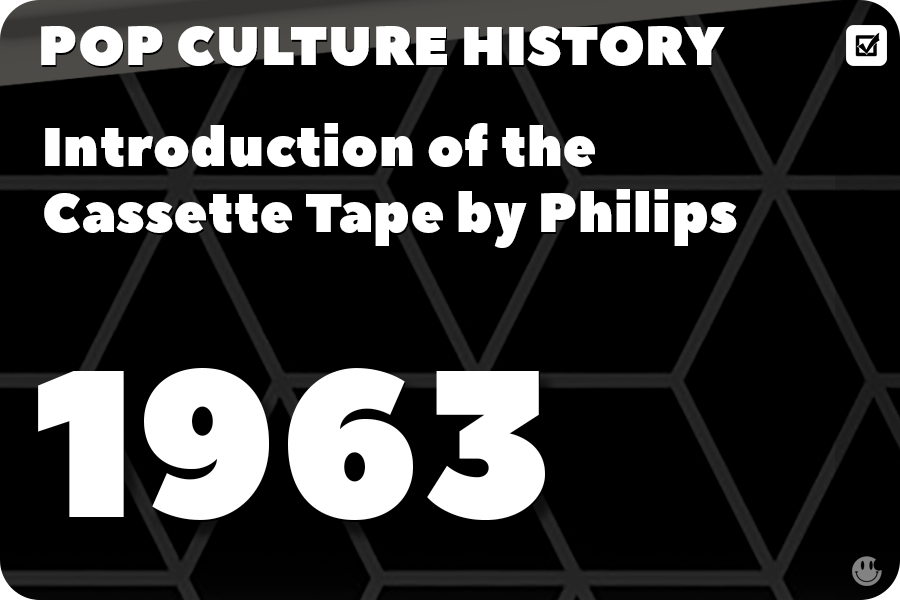 |
Cassette Tape by Philips |
The introduction of the cassette tape by Philips revolutionized the way people listened to and recorded audio, making it more portable and accessible than ever before. Philips released the invention to Europe at the Berlin Radio Show on August 30, 1963, and released it in the United States in November of 1964. 1962 Dutch electronics company Philips introduced the compact cassette tape at the Berlin Radio Show. The cassette tape significantly improved over previous audio recording technologies, such as the large and bulky reel-to-reel tape recorders. Cassette tapes were small, lightweight, and easy to use, making them an instant hit among consumers. The cassette tape’s popularity grew rapidly, and by the late 1960s and early 1970s, it had become a staple in households worldwide. People could now easily record their favorite songs from the radio, create mixtapes for friends, and listen to pre-recorded albums from their favorite artists. The cassette tape also played a crucial role in the rise of the Sony Walkman, the iconic portable music player introduced in 1979. The Walkman allowed people to take their music with them wherever they went, leading to a new era of personal audio consumption. Throughout the 1980s, the cassette tape continued to dominate the music market, outselling vinyl records and becoming the preferred format for music releases. However, by the early 1990s, the rise of digital audio formats, particularly the compact disc (CD), led to the gradual decline of cassette tapes. The introduction of the cassette tape by Philips had a significant impact on popular culture, shaping the way people consumed and shared music for decades. It enabled the growth of various music genres and subcultures and facilitated the exchange of ideas and creativity among music enthusiasts. |









